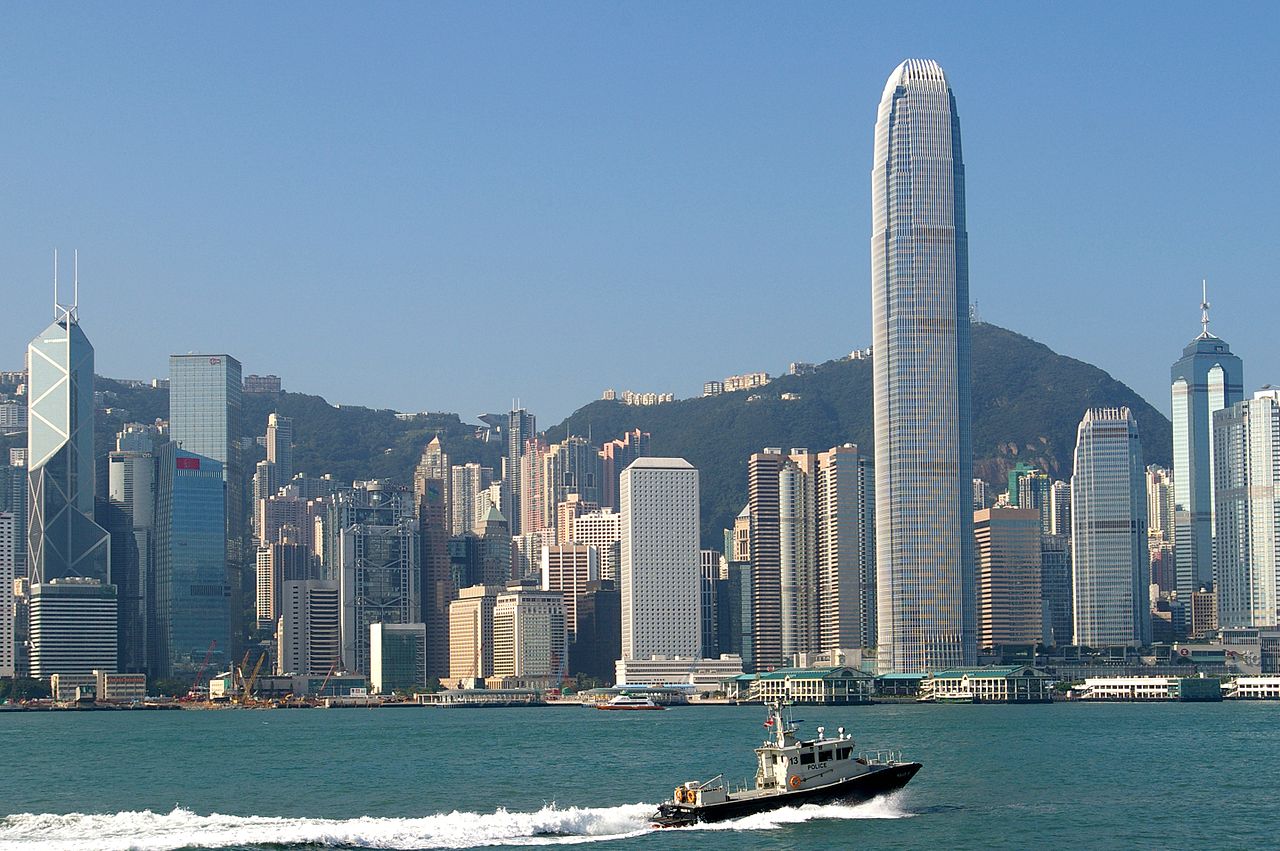As President Donald Trump and rightwing figures in the UK increasingly blame China for rising deaths from Covid-19, a largely-forgotten deadly pandemic in the recent past shows that Covid-19 is not the first time that a virus emanating from China has imperilled the West.
The last flu pandemic of the 20th century, H3N2, killed an estimated one million people, including around 100,000 Americans. Like Covid-19, the H3N2 virus began somewhere in Communist China, probably amid the turmoil of Chairman Mao’s Cultural Revolution.
But the first reported case occurred in July 1968 in Hong Kong, which at that time was a British colony.
According to scientific protocol, the illness became known as the Hong Kong flu, a name which unsettled some British parliamentarians who preferred in Trumpian style to call it the “Mao flu”.
While Mao’s policies may have ultimately been to blame, the senior medical officer in Hong Kong’s virus unit, Dr Wai-kwan Chang acknowledged that the British outpost was “one of the few places which communicates freely with the Chinese mainland”.
Once the virus reached Hong Kong, Chang said the international trade hub proved to be “an effective place for virus exchange with other parts of the world by air and sea”.
Britain could have done more to stop H3N2. Rather than swiftly containing the virus, colonial authorities spurned a lockdown and failed to test, track and trace.
From riots to flu
The virus caught the colony’s rulers off guard. They had been preoccupied with internal repression for much of the previous year. Anti-colonial riots rocked Hong Kong in 1967 when left-wing workers and students mounted strikes, protests and eventually a bombing campaign to demand reforms.
Although Hong Kong would remain part of Britain for another 30 years, the riots did force colonial authorities to belatedly improve social housing and workers’ rights. But in the short term, their response was repression.
Thousands were arrested as British troops, Gurkha mercenaries and colonial police struggled to regain control. In dramatic scenes, Royal Navy helicopters dropped raiding parties on to the roofs of buildings occupied by left-wing activists. In total, 51 people died.
By July 1968, the authorities were facing another problem. Local journalists began to write about a strange new virus, a “heat sickness” or “summer heat”, with symptoms that were more commonly seen in wintertime.
Travellers had also reported a rise of influenza-like infections over the border in China, however, Chang would later lament “for various reasons, virus isolations were not carried out on arriving travellers to confirm these reports”.
This failure to screen new arrivals meant that the virus was able to enter Hong Kong, where one million residents of colonial housing schemes had just 2.8m² of living space per adult. Chang regarded this overcrowding as a public health hazard, which contributed to the “explosive outbreak” of influenza.
By 24 July, Hong Kong had up to 300,000 suspected influenza cases. It crippled the economy – 40% of government clerks and more than half of workers were off sick, according to local media.
Although only 22 people died in Hong Kong from the disease, the global ramifications were far worse. And in an echo of Wuhan, the World Health Organisation did not warn until 16 August that the virus was spreading further afield.
Deadly inaction
British colonial authorities could have done more to limit the impact of H3N2 had they learned lessons from previous flu outbreaks in Hong Kong and implemented a compulsory notification system for new cases.
As it was, only nine government clinics, which served a handful of the colony’s population, provided facilities for voluntary notification. The lack of mandatory monitoring meant the British authorities in Hong Kong struggled to keep track of the spread of influenza through their colony.
Chang would later admit that the 6,214 cases reported for the month of July “represented only a small proportion of the affected people”. Day workers continued to turn up at factories and did not report sick unless they had “severe symptoms”.
The authorities were also criticised for not closing public areas, which could have slowed the spread of the flu. However, they may have lacked political capital to take such steps after cracking down on public protests the previous year.
This lack of internal action meant that by August 1968, the virus had spread through south-east Asia, including at an air base in Thailand, where 6,000 US military personnel were deployed as part of the Vietnam war efforts.
According to the World Health Organisation, 13% of these US servicemen caught the virus and 8% fell ill. Some of these troops returned home, allegedly taking the virus with them. The first recorded outbreak in the US was among marines at a Drill Instructor School in California.
Although the virus spread first among troops, most of those who died in the US were aged over 65, according to the Centre for Disease Control. The first wave was the most deadly for Americans, although over in England, it was a second wave in 1969/70 which proved most fatal – a frightening reminder as Boris Johnson ponders when to lift the lockdown.


